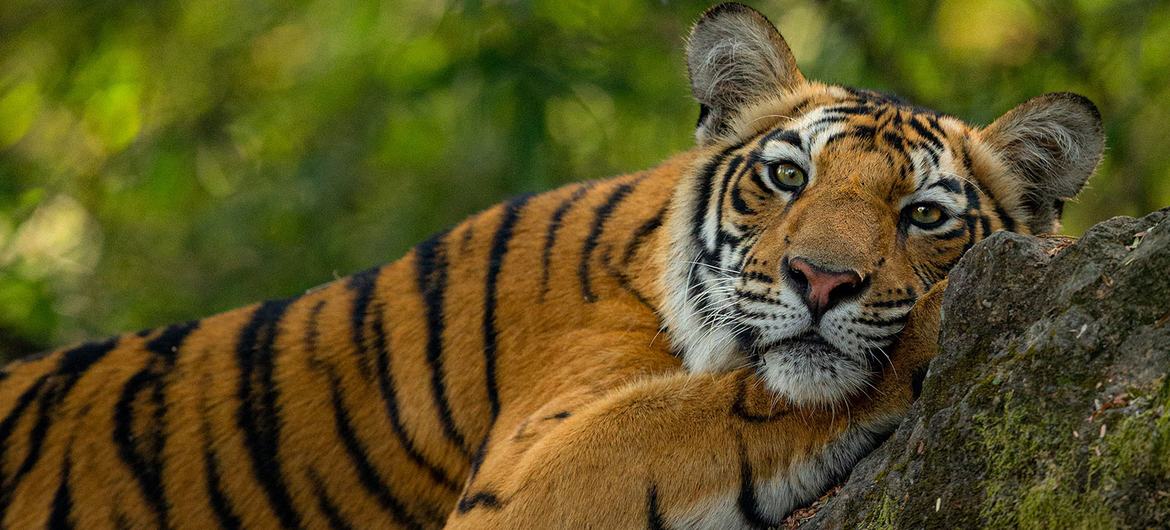
In a landmark decision, governments have agreed to mobilize $200 billion annually to strengthen biodiversity protection and restore fragile ecosystems by 2030. This breakthrough was achieved at the UN Biodiversity Conference (COP16.2) in Rome, following previous setbacks in Cali, Colombia, last November.
Urgent Need for Biodiversity Funding
The agreement under the UN Convention on Biological Diversity (CBD) is a crucial step toward addressing:
- Massive biodiversity loss, with over one million species threatened with extinction.
- Environmental destruction from deforestation, mining, pollution, and climate change.
- The impact of conflicts on natural ecosystems, as war zones suffer extensive ecological damage.
UN Secretary-General’s Spokesperson Stéphane Dujarric welcomed the decision, emphasizing the urgency:
“We need to mobilize at least $200 billion a year by 2030 to close the global biodiversity finance gap.”
Key Outcomes from COP16.2
After days of intense negotiations, governments reached decisions on:


Currently, only 17% of land and 8% of marine areas are protected, making this agreement a major step toward reversing nature loss.
Commitment to Indigenous Rights & Conservation
The agreement also reinforces commitments made under the Kunming-Montreal Global Biodiversity Framework (2022), which:
- Prioritizes Indigenous Peoples and local communities in conservation efforts.
- Calls for restoration of 30% of degraded ecosystems by 2030.
- Recognizes Indigenous land rights and traditional knowledge as vital to protecting biodiversity.
“Only by working together can we make peace with nature a reality,” said COP16 President Susana Muhamad.
The Cali Fund: A New Era for Biodiversity Financing
At the COP16.2 sidelines, the Cali Fund, established in Colombia in late 2024, was officially launched. This innovative fund is designed to generate sustainable financing for biodiversity conservation through private sector contributions.
How the Cali Fund Works:
- Companies profiting from genetic resources in nature (e.g., pharmaceuticals, cosmetics, biotech) must contribute a portion of their revenue to the fund.
- Funds will be used to implement the UN Biodiversity Convention and the Kunming-Montreal framework.
- 50% of Cali Fund resources will be allocated directly to Indigenous and local communities, recognizing their role as biodiversity custodians.
Elizabeth Mrema, UNEP Deputy Executive Director, called on businesses to step up:
“Those who pay into the fund will go down in history as pioneers and will reap the benefits as the public increasingly recognizes the importance of giving back to nature.”
“Multilateralism Works”: A Win for Global Cooperation
Astrid Schomaker, Executive Secretary of the UN Convention on Biological Diversity, hailed the agreement as proof that multilateralism is effective.
“We now have a clear mandate to close the biodiversity finance gap,” she said. “With this agreement, the world has given itself the means to protect nature for future generations.”
Looking Ahead: Next Steps for Biodiversity Action
With COP16.2 setting the stage for major conservation efforts, the focus now shifts to implementation and accountability.



The agreement marks a turning point for global biodiversity protection, demonstrating that international cooperation can deliver tangible solutions for the planet.


 العربية
العربية